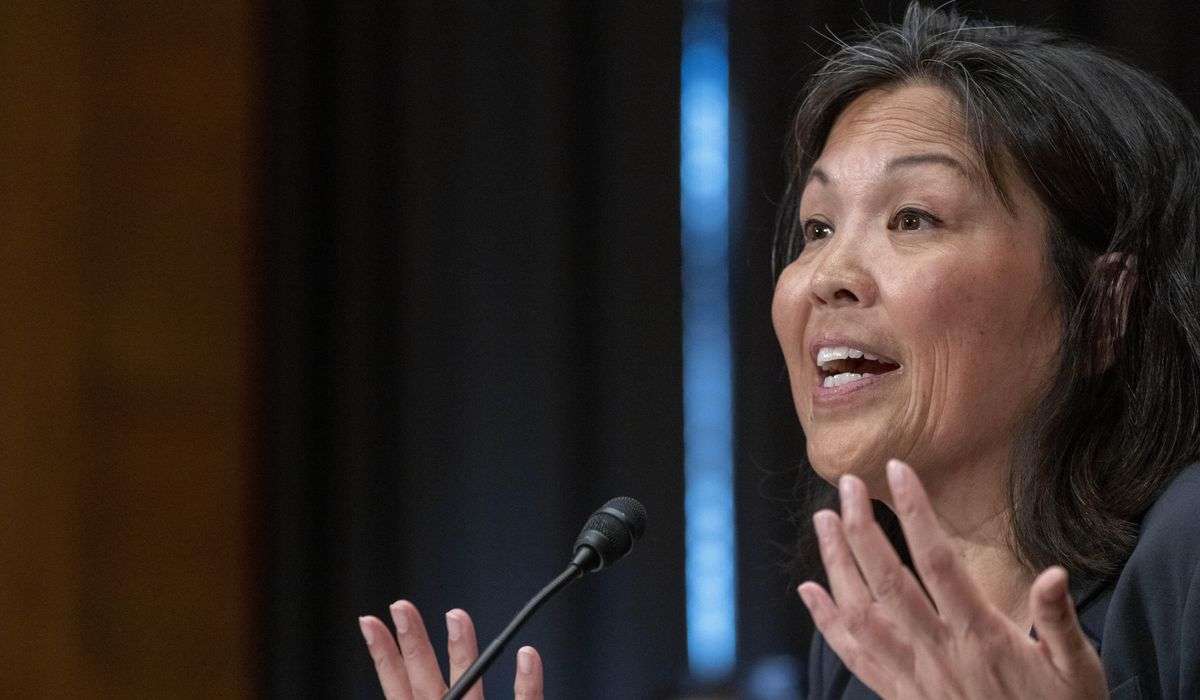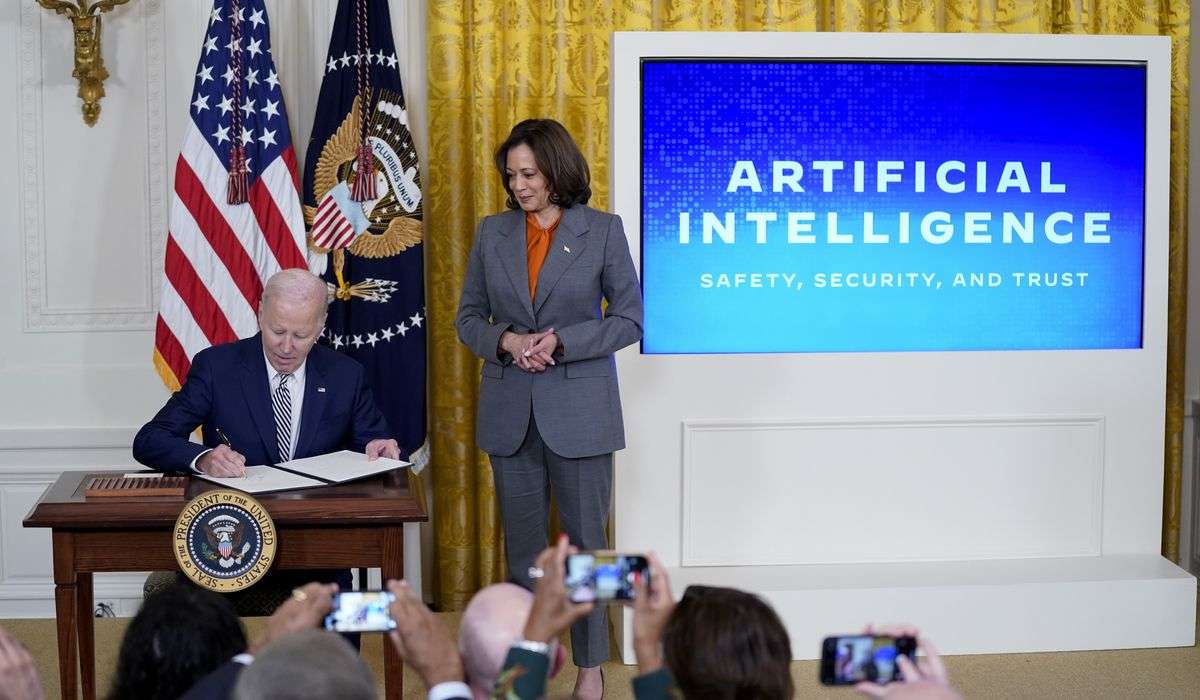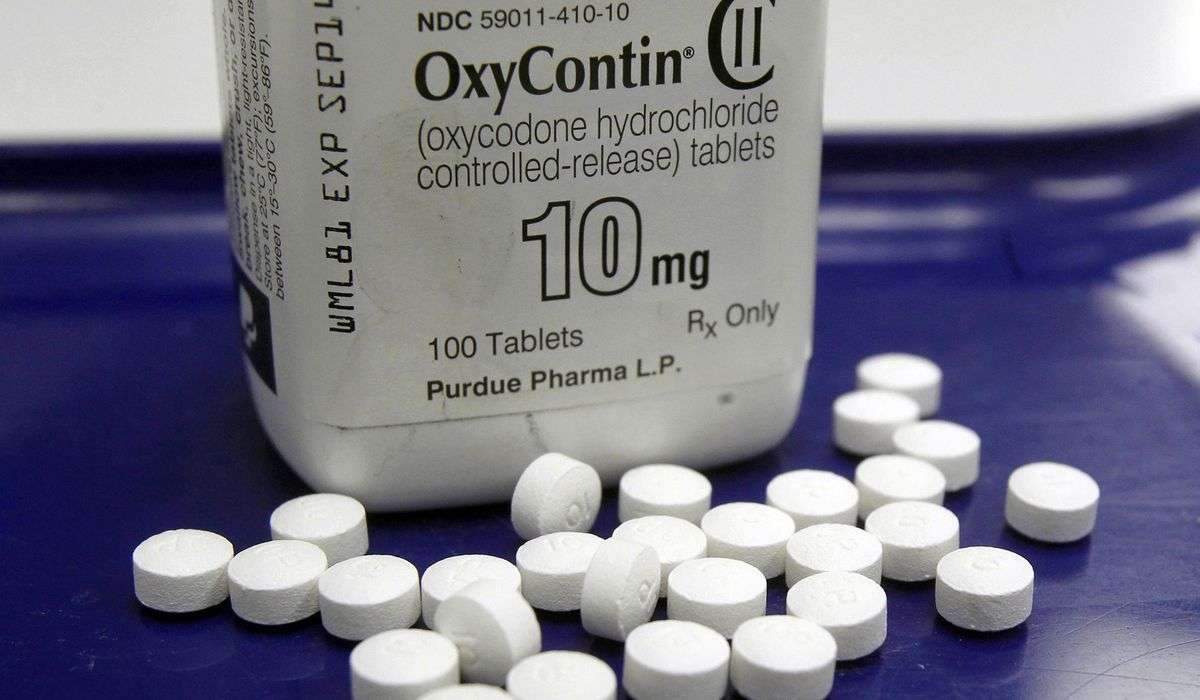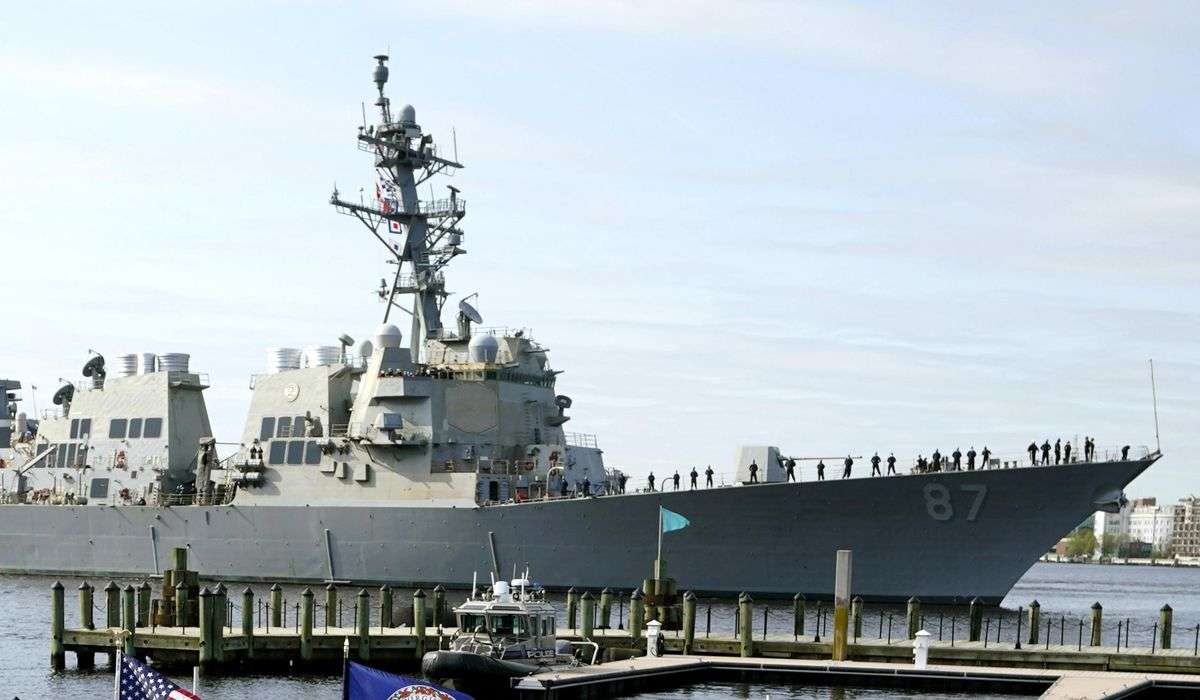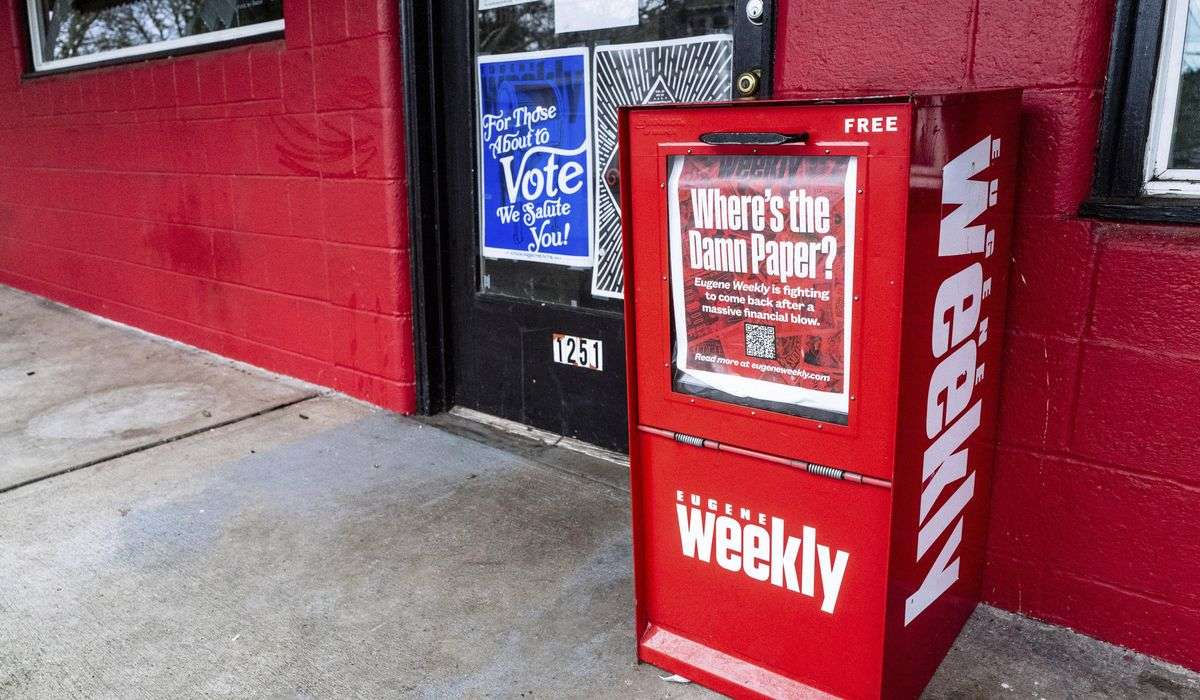Freight railroad companies and unions representing workers have been locked in a dispute over pay and working conditions, but President Biden said Thursday that they had reached a “tentative” deal to avoid a major economic disruption. A strike would have affected not only commuters who rely on the railway to get to work but also the nation’s energy supply and drinking water.
Everything you need to know about the averted rail strike
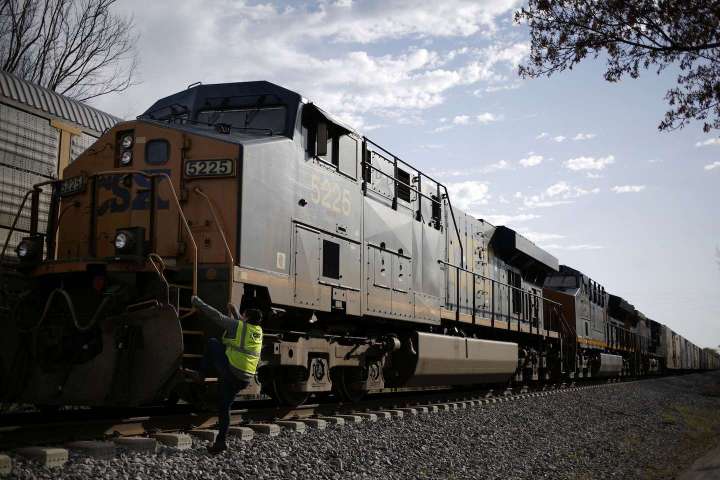
Two of the largest unions — representing 57,000 conductors and engineers — held out until the final hours. But Wednesday and through the night into Thursday, Labor Secretary Marty Walsh held emergency meetings with the rail carriers and unions to help broker a deal. Disruptions were already being felt: Amtrak announced it would cancel all of its long-distance trains starting Thursday, and other rail systems braced for shutdowns.
It’s unclear when operations might resume; Amtrak said it is “working to quickly restore canceled trains.”
The impasse was tied to disagreements between management and labor over sick time and penalties for missing work, a politically challenging stalemate for Biden, who has vowed to be the nation’s “most pro-union president” but has prioritized untangling its besieged infrastructure in the covid-19 era.
Here’s what you need to know about the dispute.


